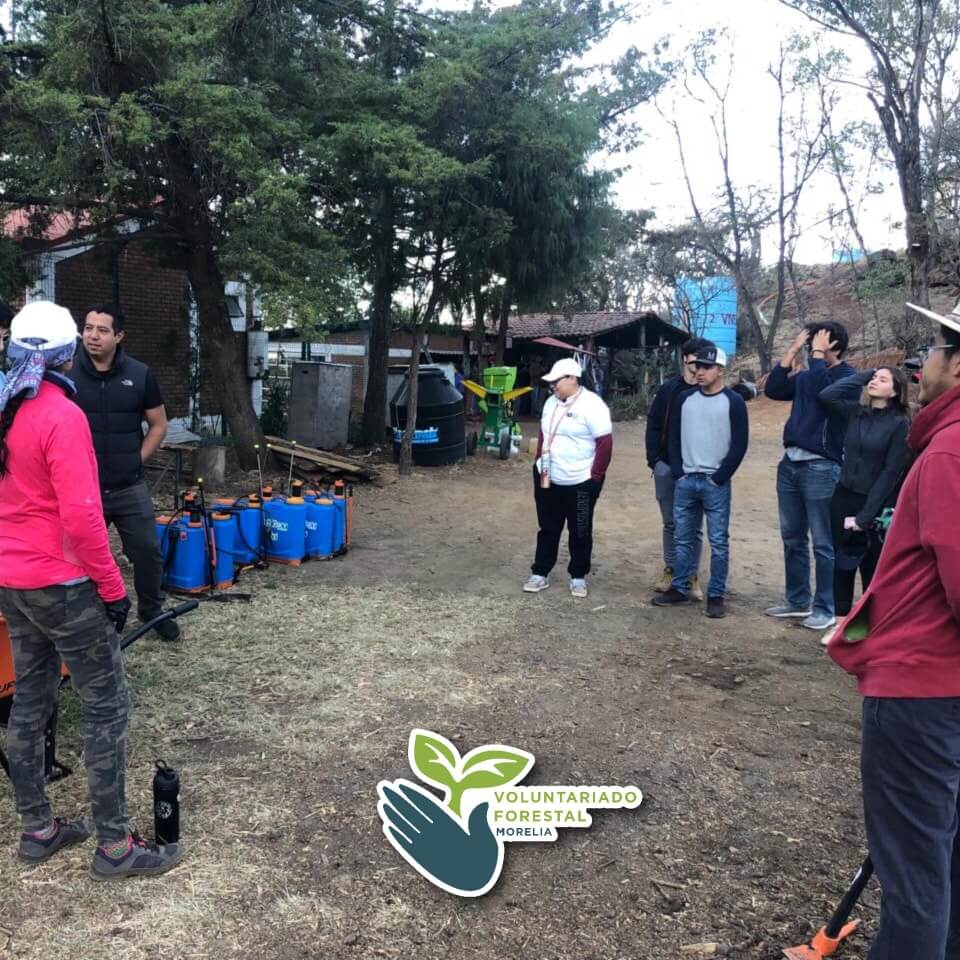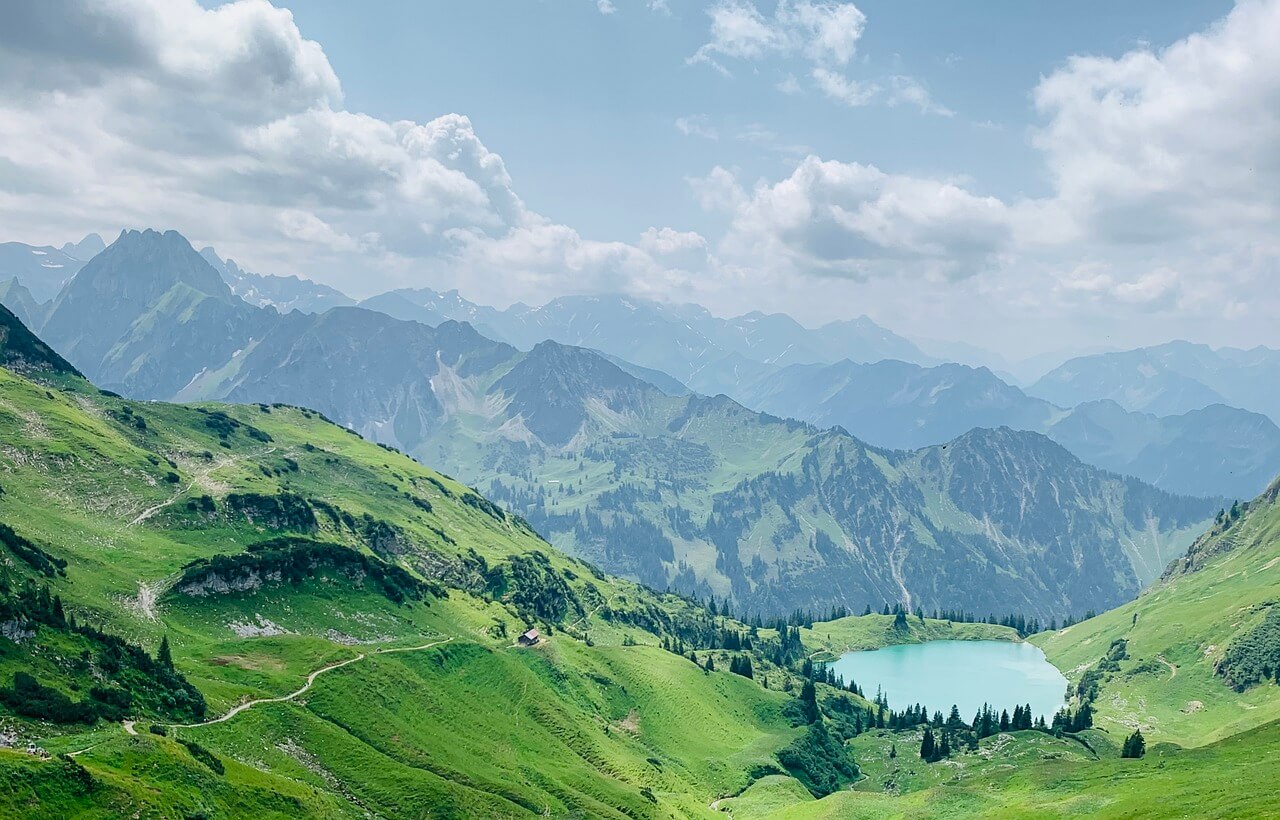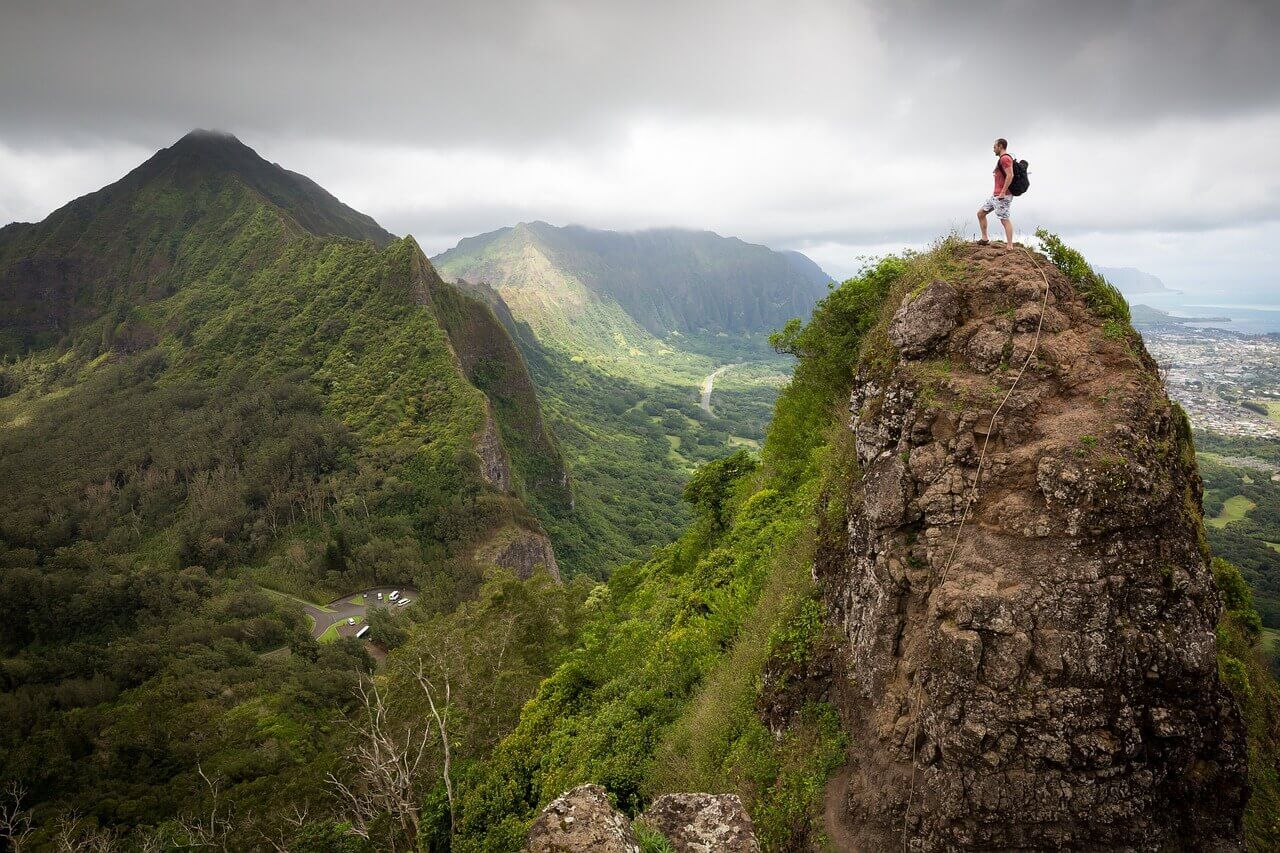A Sustainable Overview of the Sierra Gorda de Queretaro

Written by Claudia Vega Sainz
The Sierra Gorda de Querétaro, although it may be a "hidden" place in the state, is currently recognized for its natural wealth and for the way in which the population manages it, which is why it is becoming a jewel of sustainability. Additionally, it is a member of UNESCO's Man and Biosphere Program (MaB) and has obtained the bronze category of the International EarthCheck Program, aspects that would not be possible without the work and participation of the different social actors that make up this site, including those involved in tourism.
This area was named a Natural Protected Area (NPA) in 1987, specifically recognized as a Biosphere Reserve, which is made up of the following municipalities: Jalpan de Serra, Arroyo Seco, Landa de Matamoros, Pinal de Amoles and Peñamiller (representing more than 32% of the state of Queretaro). All of them share an ecodiversity that characterizes them, the gallery forest with rivers and streams, the low deciduous forest, which covers the lower parts of the mountains and canyons, also has biological treasures through the cloud forest and what to say about the temperate forest on the slopes and high hillsides of the reserve or the xerophytic scrub. This is how in this ANP there is a wonderful diversity of species of flora and fauna. The latter includes mammals (it is the second richest PNA in the country with 110 species), birds (of the 342, 27 are endemic to Mexico), fish, fungi, herpetofauna (reptiles and amphibians).
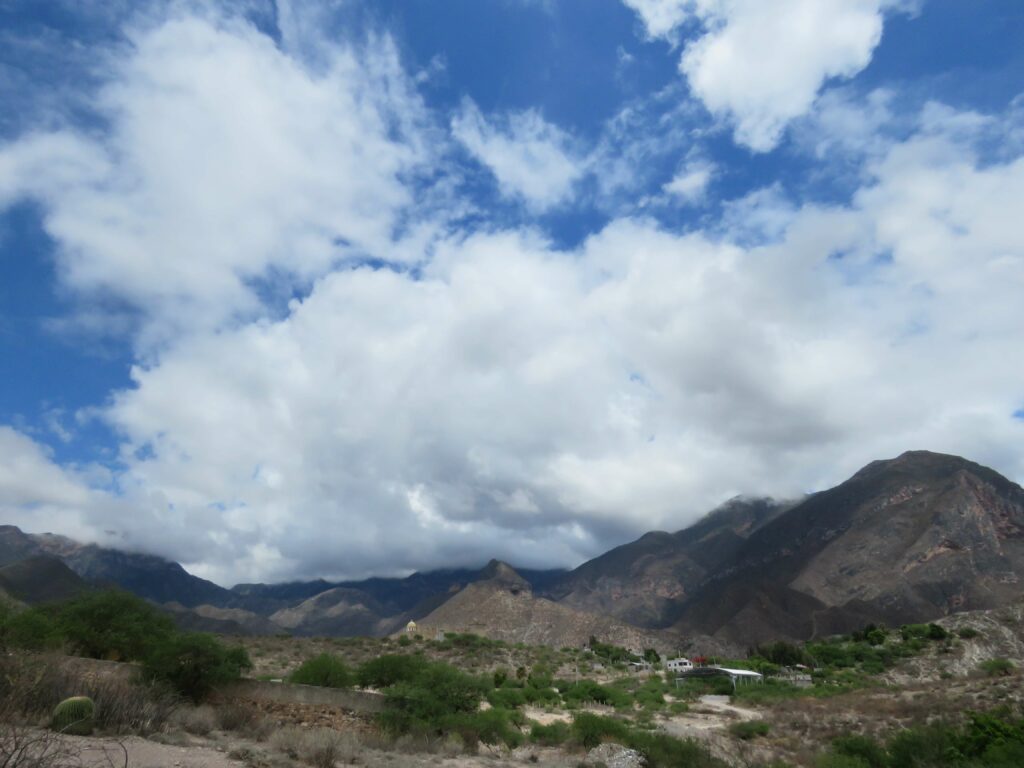
On the other hand, there are still communities of native peoples living in the Sierra, who continue to maintain their traditions and customs, as well as preserve and disseminate their cultural and natural wealth, where their way of life is still linked to the nature of the place. This is very important because, as we see today, several localities have left aside this link and identity, either out of shame, embarrassment, disinterest or discrimination.
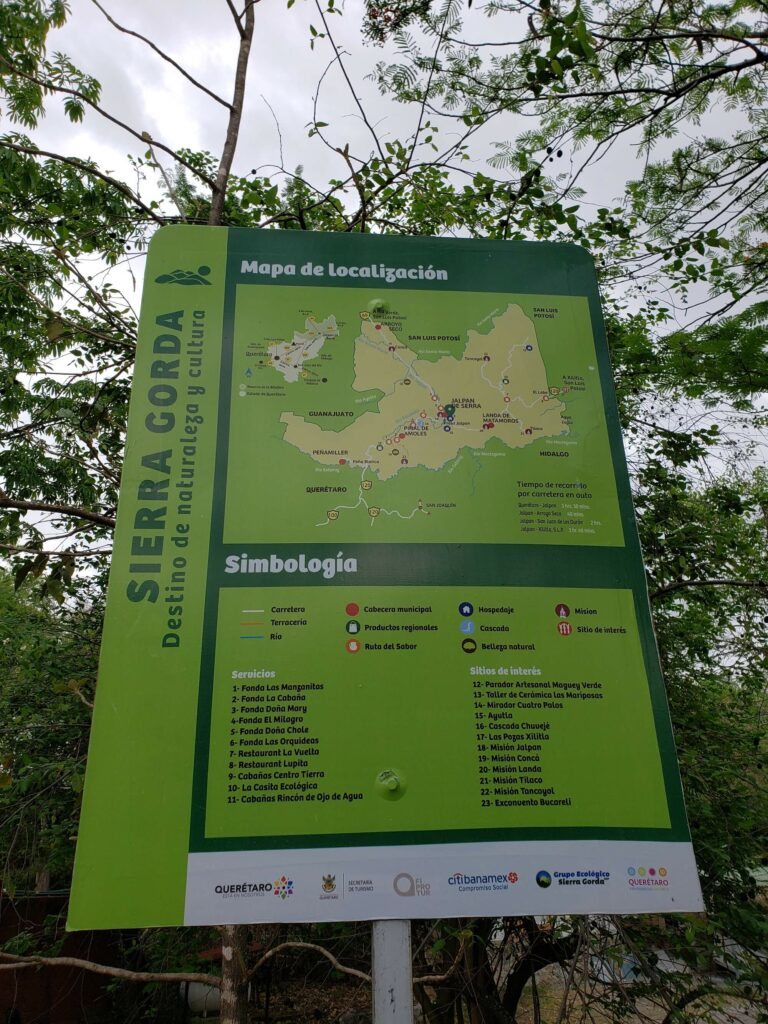
In general, in the Sierra they have achieved, through community participation, what many places have not; they are working hard to build projects that preserve the Reserve's biodiversity. We must applaud their great enthusiasm for their interest and, above all, their commitment. In addition, they have given an opportunity to welcome tourism with open arms, but keeping in mind the impacts that this sector generates, both positive and negative, so that the management of their resources is oriented to implement a regenerative tourism where they do obtain income for their communities, but at the same time, they do not neglect their place of origin, on the contrary, as a community they become natural guardians of the Sierra.
One of the associations that is supporting and working around this issue and that has also been an actor that connects with other agents to carry out a holistic project in the area is the Sierra Gorda Ecological Group (in another participation we will share in more detail about what they have been doing in this destination and ANP).
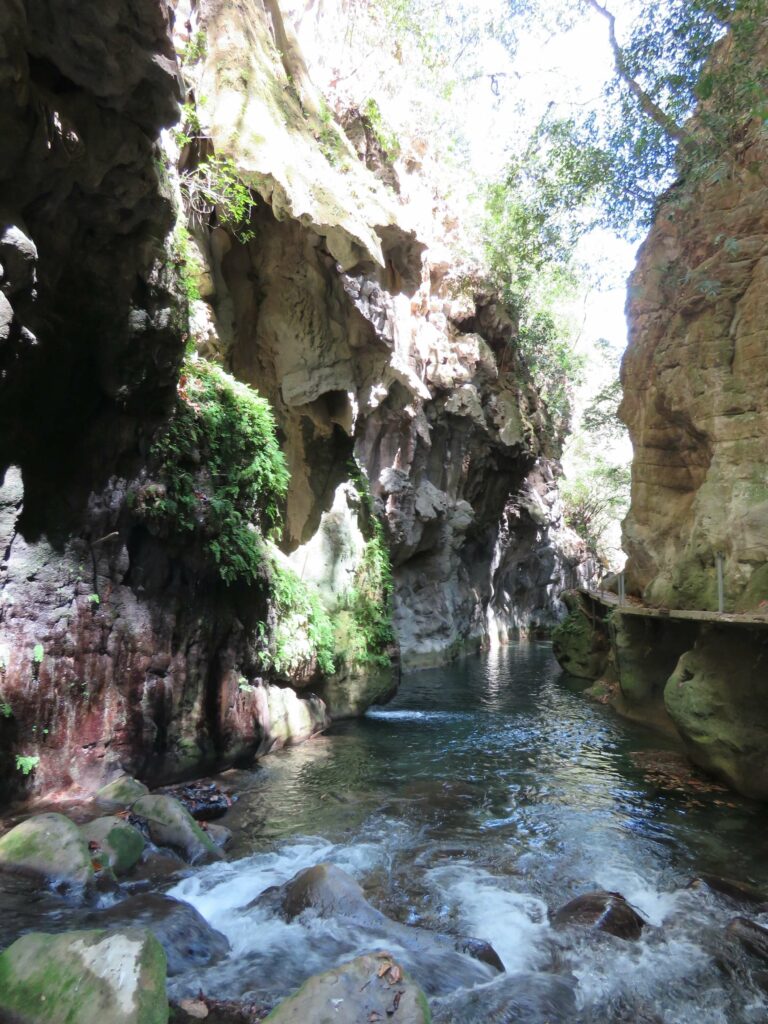
In short, in the Sierra Gorda Queretaro we can see a clear example of how to manage a destination linked to the love of its community and the sense of responsibility to take advantage and care for the environment; aspect that represents it as a destination that wins in the different areas of sustainability where from the projects that are generated the opportunity to regenerate, together with the local population, its natural heritage with the intention of valuing it, respect it, spread it and inherit it from generation to generation. This is associated with the objective of MaB, whose vision is to reconcile or reconnect people with their surroundings, with the environment and nature of which they are a part. These communities have set the bar very high, they have never stopped thinking about themselves or the good of their region, which is reflected in the results at the environmental and cultural level.
Student of the Bachelor's Degree in Cultural and Natural Tourism Management at the Universidad Autónoma de Querétaro, Campus Tequisquiapan. https://www.facebook.com/fca.campustequisquiapan.7




